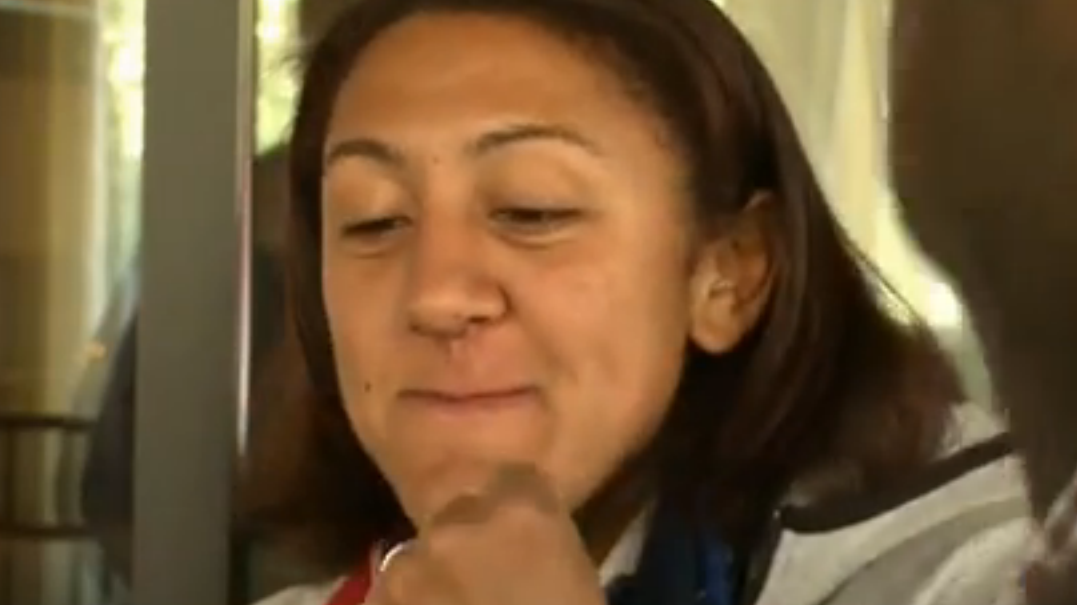“This is what it’s all about.”
That was my thought while I stood in the bowels of Rio de Janeiro’s Olympic Aquatics Stadium, peeking around a curtain to watch one of the most exciting races of the Summer Games’ first weekend.
I had been following a slew of local Olympians leading up to my assignment to Rio, but few impressed me quite like Chase Kalisz. I had read a Washington Post article that profiled his recovery from Guillain-Barre Syndrome, an auto-immune disorder that forced doctors to induce Kalisz into a coma. Kalisz was eight at the time; by 18, he had developed into one of the top young competitive swimmers in the country. He signed on with the University of Georgia and proceeded to set school and NCAA records.
He continued his rocket-like rise this year, upsetting Ryan Lochte at the US Olympic Trials to qualify for the 2016 Summer Games. I interviewed him the day that I left for Rio; he seemed like a genuinely gracious person. But I found myself more moved by a previous interview, after he won at Trials, when he spoke of how much he had dreamed of this moment.
“I couldn’t be more excited,” he said with a grin that wouldn’t go away. “This is the one thing I’ve been wanting to do my entire life. This is been my dream since … it’s the only thing I’ve ever wanted this bad.”
That quote told his story. It tells the story of so many athletes who compete in various races and meets that simply don’t approach the grandness of the Olympics. Kalisz would say after his Rio race that he felt less nervous at the Games than at Trials, because he almost felt more pressure to qualify for the Olympics than to medal at them.



